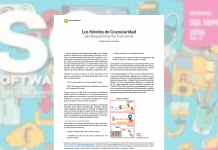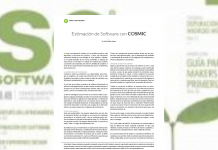 Imagine taking your car to the workshop and they inform you that the total price is R$ 12,000.00. Do you authorize the service in these terms? You cannot make a good decision without knowing all the review items and their values. If the review includes only oil change, you probably won't approve the budget because it will be too high considering only that service. However, if you are told that oil, all tires and shock absorbers and catalyst should be changed, you may consider the value more reasonable and authorize the service. The point to emphasize is that the final value of the measurement at function points does not reflect the entire figure of the measured size.
Imagine taking your car to the workshop and they inform you that the total price is R$ 12,000.00. Do you authorize the service in these terms? You cannot make a good decision without knowing all the review items and their values. If the review includes only oil change, you probably won't approve the budget because it will be too high considering only that service. However, if you are told that oil, all tires and shock absorbers and catalyst should be changed, you may consider the value more reasonable and authorize the service. The point to emphasize is that the final value of the measurement at function points does not reflect the entire figure of the measured size.
Publication
IFPUG Metric Views | Vol. 10th | Issue 1
Date
February / 2016
author
Carlos Eduardo Vazquez; Guilherme Siqueira Simões
Why it's important
Obtain measurements whose documentation is compatible with your intended use; balancing the effort invested in documentation; and documenting relevant information throughout the measurement process itself in contrast to a complementary activity. Examples of these intended uses are the validation and acceptance of the measurement; the resolution of divergences; or the creation of a baseline to support software management in general.
When it applies
The information is useful in defining the criteria for accepting measurements and estimates using Function Point Analysis and in performing robust and ready-to-respond critical measurements more easily.






